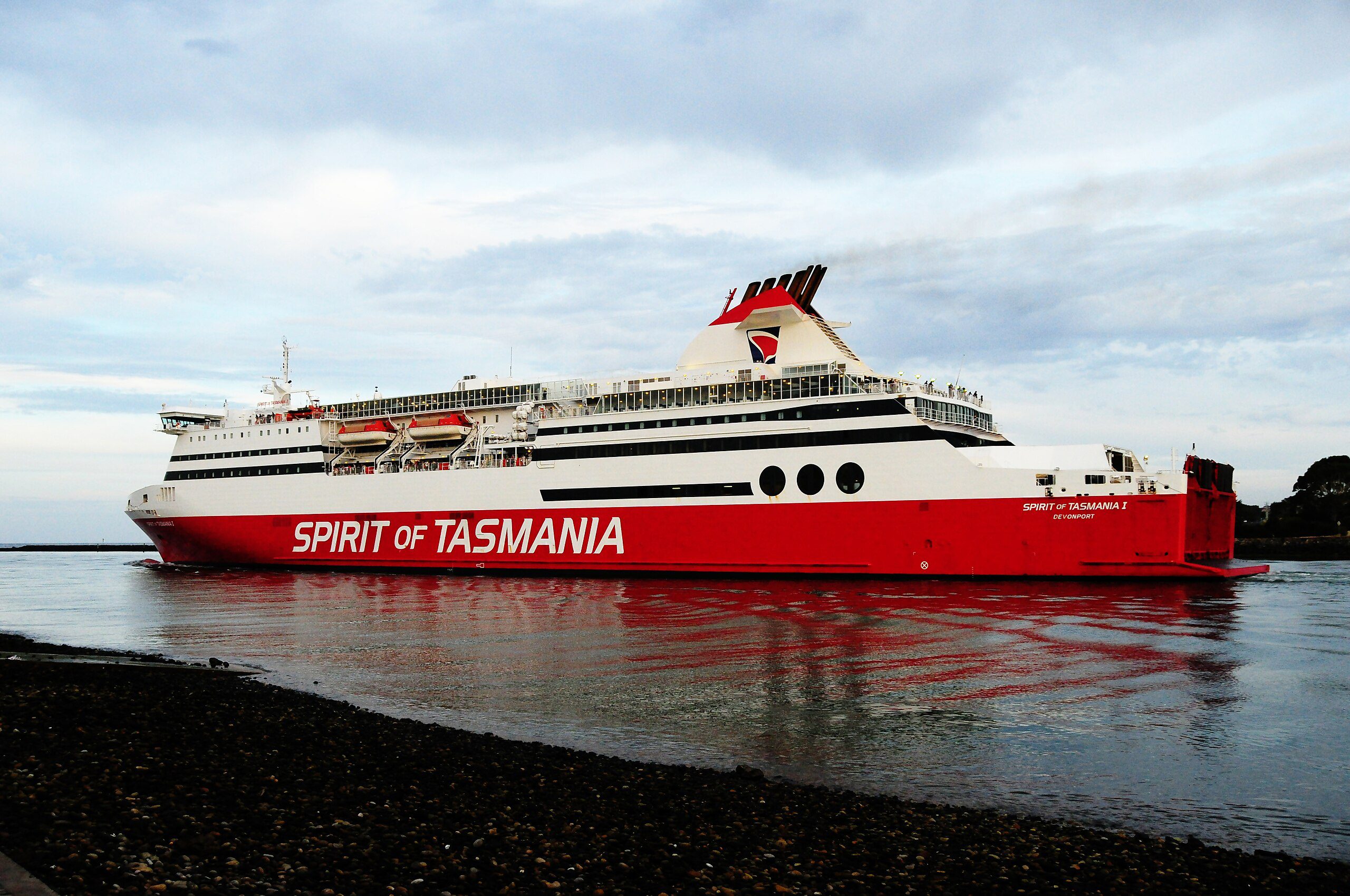The U.S. National Transportation Safety Board issued three safety recommendations Thursday following an investigation into last year’s engine room fire aboard the Great Lakes bulk carrier Roger Blough during winter layup.
The Roger Blough was docked at the Fincantieri Bay Shipbuilding facility on Sturgeon Bay, Wisconsin when a fire started in the engine room on February 1, 2021. The cargo-unloading conveyor belts then ignited, causing extensive damage throughout the aft section of the vessel. The shipkeeper on board departed the vessel without injury. No pollution was reported.
The incident was extremely costly with damages to the Roger Blough exceeding $100 million.
NTSB investigators determined the fire originated at the burner for the diesel oil-fired furnace, which had been installed in the engine room to heat the space during the winter. The burner assembly was mounted onto the furnace’s air tube with an aluminum coupling. Investigators determined the coupling broke, allowing the burner to drop and fracture the fuel line supplying it.
According to the NTSB, about a month before the fire, the chief engineer believed the furnace was not working and thought the ignitor was not properly set. The vessel’s two engineers removed and reinstalled the furnace’s burner several times in their attempts to repair the furnace, which were unsuccessful. They contacted the furnace company’s technical representative who repaired the furnace. NTSB investigators concluded the repeated removal and reinstallation of the burner assembly during attempts to repair the furnace may have damaged the mounting coupling and led to its eventual failure.
When the fire erupted at night, the wireless monitoring and notification system, which was installed for winter layup, activated the alarm panel in the crew’s accommodation spaces and then notified the designated contacts. The shipkeeper was the only person on board but was not listed among the contacts. The shipkeeper was not awakened until 7 minutes later when the smoke detector inside his stateroom sounded as thick black smoke filled the room. According to the report, had the shipkeeper on board been listed among the designated contacts to receive system alerts, he likely would have been awakened earlier and may have had an opportunity to extinguish the fire before it spread through the vessel.
NTSB determined that the probable cause of the engine room fire was likely the repeated removal and reinstallation of the furnace’s burner that led to the failure of its mounting coupling, resulting in the operating burner dropping to the bottom of its enclosure and fracturing the fuel supply line, which allowed diesel fuel to ignite. Contributing to the fire was the absence of a fire-activated automatic fuel oil shutoff valve on the fuel oil inlet piping before the burner, which would have stopped the fuel feeding the fire shortly after it started and limited the spread of the fire.
As a result of the investigation, the NTSB issued one recommendation each to the U.S. Coast Guard, the American Bureau of Shipping, and Key Lakes Inc.
NTSB recommended that the U.S. Coast Guard require that furnace installations on vessels be inspected to comply with National Fire Protection Association recommendations and to develop standards requiring installation of other types of shutdown mechanisms or safety alarms. A similar recommendation was issued to the American Bureau of Shipping, which conducts oversight examinations for vessels like the Roger Blough. NTSB’s recommendation to the vessel owner, Key Lakes Inc. was to ensure that their designated contacts list includes each shipkeeper living and working on a vessel during layup.
“There are no regulations regarding winter layup procedures for commercial vessels operating in the Great Lakes,” the report said. “The lack of regulations or classification standards related to diesel oil-fired air heating furnace construction, installation, safety shutdowns, and system alarms poses a risk to life and property if the equipment is not installed and maintained to standards similar to those in place for other oil-fired equipment.”
The report added: “The National Fire Protection Association recommends that burner assemblies like the type installed on the Roger Blough have a fire-activated quick-closing valve on the inlet fuel oil piping next to the burner. When installed, this type of valve has a thermally activated mechanism that shuts the valve in the presence of fire to stop further flow of fuel to the burner. Had the burner assembly on the Roger Blough been fitted with a fire-activated quick-closing valve on its inlet fuel oil piping, the fuel feeding the furnace fire would have been stopped and thus the fire likely would not have spread so rapidly.”
Safety issues identified by the NTSB included:
- Lack of regulations governing furnace installation and operations on board certain vessels,
- Inadequate notification to onboard personnel of a fire, and
- Lack of fire-activated valve on the fuel oil piping to the burner on the furnace in the engine room.
Marine Investigation Report 22/19 can be found here.
The public docket for the investigation containing factual information, including interview transcripts, photographs and other investigative materials is here.

 Join The Club
Join The Club










